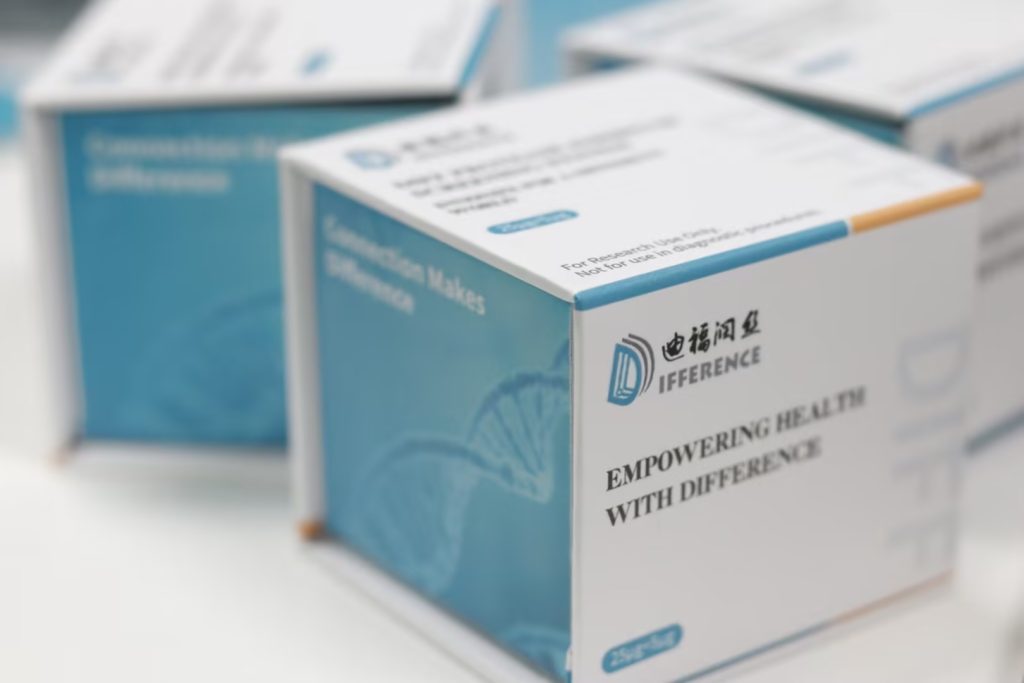The five key points of protease inhibitor testing can be summarized as follows:
1. Selection and concentration determination of inhibitors
Key points: Select the appropriate protease inhibitor based on the experimental purpose and the type of protease to be tested. The selection of inhibitors should be based on their specific inhibitory effect on the target protease. Meanwhile, it is necessary to determine the optimal concentration of inhibitors through pre experiments to ensure effective inhibition of protease activity without causing excessive damage to cells or samples.
Reference information: Different protease inhibitors have different specificities and inhibitory effects, so caution should be exercised when selecting. Excessive concentration may lead to strong inhibitory effects and affect normal cell function; If the concentration is too low, it may not have an effective inhibitory effect.
2. Sample preparation and processing
Key points: Ensure that appropriate conditions are maintained during the collection, processing, and storage of samples to reduce changes in protease activity. For tissue samples, homogenization treatment is required to release intracellular proteases; For cell samples, it is necessary to ensure the integrity and activity of the cells. Before adding inhibitors, it may be necessary to remove impurities from the sample, such as cell debris, sediment, etc.
Reference information: The processing method of the sample will directly affect the measurement results of protease activity, so it must be strictly carried out according to the experimental requirements.
3. Addition of inhibitors and control of reaction conditions
Key points: Add a determined concentration of inhibitor to the sample and ensure sufficient contact between the inhibitor and protease. At the same time, it is necessary to control the temperature, pH value and other conditions of the reaction system to enable the protease to exert its activity under optimal conditions. This can more accurately evaluate the effect of inhibitors on protease activity.
Reference information: Reaction conditions are crucial for determining protease activity and must be strictly controlled to ensure the accuracy of experimental results.
4. Selection of detection methods for protease activity
Key points: Select the appropriate protease activity detection method based on the experimental purpose and sample type. Common methods include colorimetric method, fluorescence method, electrophoresis method, etc. Different methods have different sensitivities and specificities, and should be selected according to experimental needs.
Reference information: Enzyme linked immunosorbent assay (ELISA), immunofluorescence assay, turbidity assay, and electrophoresis are commonly used methods for detecting protease activity, each with its own advantages and disadvantages.
5. Data recording and analysis
Key points: Record experimental data in detail during the experiment, including inhibitor concentration, reaction conditions, enzyme activity measurement results, etc. After the experiment, statistical analysis was conducted on the data to compare the changes in protease activity under different inhibitor treatments and evaluate the inhibitory effect of the inhibitors. Meanwhile, it is necessary to provide a reasonable explanation and discussion of the experimental results.
Reference information: The accuracy and completeness of data are key to the success of experiments. Data analysis can reveal the mechanism by which inhibitors affect protease activity and their potential applications.
In summary, the five key points of protease inhibitor testing include the selection and concentration determination of inhibitors, sample preparation and processing, addition of inhibitors and control of reaction conditions, selection of protease activity detection methods, and data recording and analysis. These key points are crucial for ensuring the accuracy and reliability of the experiment.
Share on:
Facebook
Twitter
Pinterest
WhatsApp
Recent posts
We recommend


